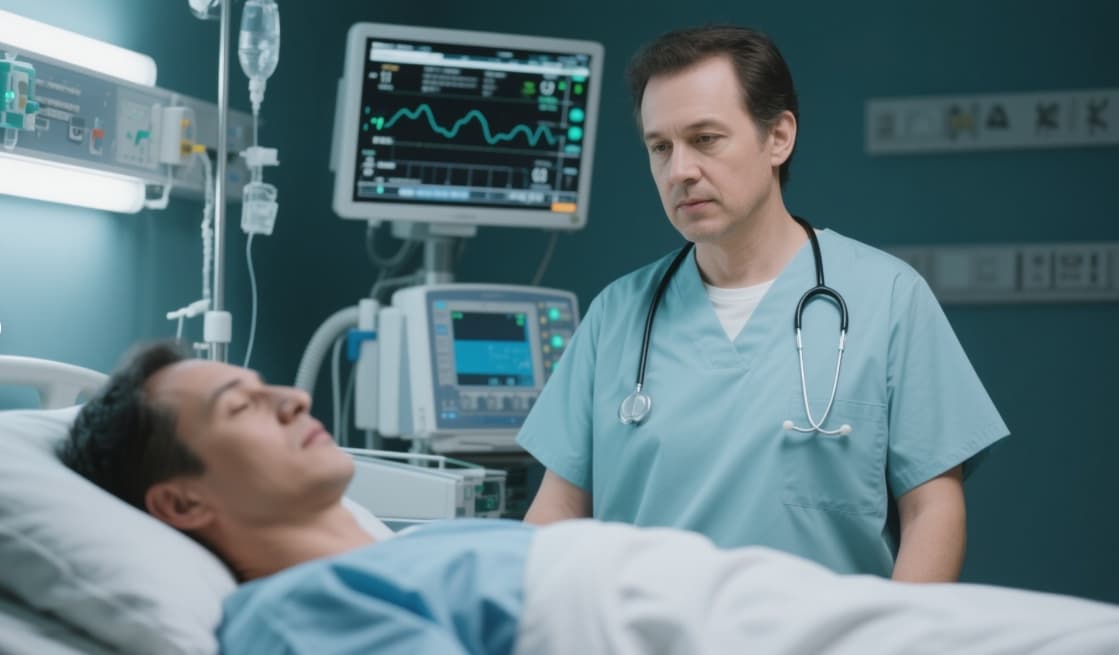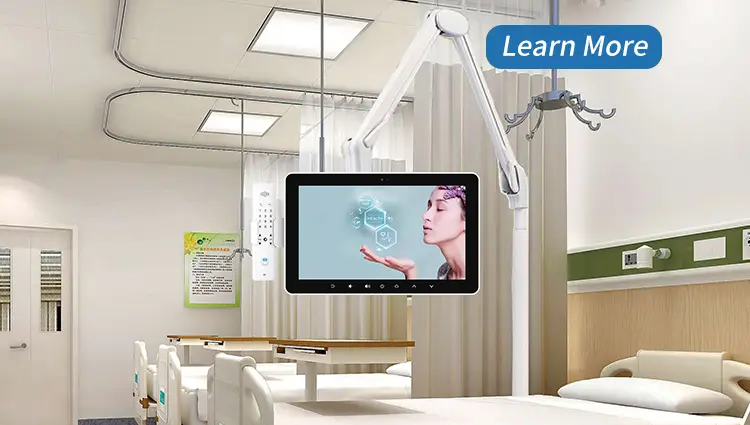Introduction
In today’s fast-paced, technology-driven world, healthcare providers face increasing pressure to deliver exceptional patient care while optimizing operational efficiency. Enter the Patient Monitoring System—a game-changing solution that transforms the way medical professionals track, assess, and respond to patient health data. Whether in a hospital ICU, outpatient clinic, or remote care setting, these systems have become indispensable tools in modern medicine.
But what exactly makes a Patient Monitoring System so crucial? In this blog, we’ll unpack the top benefits, key features, and frequently asked questions, while delivering actionable insights that healthcare administrators and clinicians can use today.

What Is a Patient Monitoring System?
A Patient Monitoring System (PMS) is a set of devices and software designed to continuously observe, record, and analyze a patient’s vital signs such as heart rate, blood pressure, oxygen saturation, and respiratory rate. These systems can alert healthcare professionals to any abnormalities, allowing for timely intervention and improved patient outcomes.
7 Powerful Benefits of a Modern Patient Monitoring System
1. Real-Time Data Collection and Alerts
Instantaneous data transmission means faster response times and reduced risk of emergencies. With continuous monitoring, medical staff are immediately alerted to irregularities, allowing them to take life-saving actions quickly.
💡 Stat to Know: Real-time monitoring systems have been shown to reduce hospital mortality by up to 20% in critical care units (Source: Journal of Intensive Care Medicine).
2. Improved Patient Outcomes
By continuously tracking patient vitals, medical teams can detect deterioration earlier, resulting in fewer complications and shorter hospital stays. It promotes proactive treatment rather than reactive interventions.
3. Remote Patient Monitoring (RPM)
For chronic illness management or post-operative care, RPM systems allow patients to be monitored from the comfort of their homes. This reduces readmission rates and enhances patient satisfaction.
4. Enhanced Workflow for Medical Staff
Automated data logging reduces the burden on nurses and technicians, giving them more time for patient-centered care rather than administrative tasks. It also minimizes manual errors in documentation.
5. Data Integration with EHRs
Modern systems are compatible with Electronic Health Records (EHRs), enabling seamless data sharing and access across departments. This results in coordinated care and better decision-making.
6. Cost Efficiency
By preventing complications and optimizing resource use, hospitals can significantly cut down on unnecessary costs. Early detection reduces the need for intensive treatments and extended hospital stays.
7. Regulatory Compliance and Reporting
Patient Monitoring Systems support compliance with healthcare regulations, including HIPAA. Built-in reporting tools assist in quality audits and insurance documentation.

Frequently Asked Questions About Patient Monitoring Systems
❓ How secure is patient data in monitoring systems?
Most modern systems are built with robust encryption and comply with data protection standards like HIPAA and GDPR. Always choose a vendor that prioritizes cybersecurity.
❓ Can small clinics or private practices benefit from these systems?
Absolutely. Scalable options exist for clinics of all sizes. Cloud-based platforms can be implemented without heavy infrastructure investment.
❓ Are these systems hard to integrate with existing hospital infrastructure?
Most PMS solutions are designed for interoperability. They integrate smoothly with EHRs, lab systems, and imaging platforms via HL7 or FHIR protocols.
❓ What types of patients benefit most?
While all patients can benefit, ICU patients, post-operative cases, cardiac patients, and those with chronic diseases see the most value from continuous monitoring.
❓ What is the ROI for healthcare facilities?
Studies show that hospitals using advanced PMS solutions report an average ROI of 150–200% due to reduced readmissions, lower complications, and better resource allocation.
Actionable Insights and Strategies
🧩 Choose Customizable Systems
Select solutions that can be tailored to your specific patient demographics, whether you’re a cardiology unit or a rural outpatient center.
🔍 Focus on Training and Adoption
Even the best tech fails without user buy-in. Invest in staff training and ongoing support to maximize system utilization.
🌍 Go Mobile and Cloud-Based
Choose systems that support mobile alerts, cloud storage, and remote access for greater flexibility and scalability.
💬 Use Data Analytics for Predictive Insights
Harness the power of AI and machine learning to not only monitor but predict patient deterioration before it occurs.
📊 Review KPIs Regularly
Track key performance indicators like response time, alert accuracy, and patient outcomes to continuously optimize performance.

Conclusion
The modern Patient Monitoring System is more than just a convenience—it’s a strategic necessity for hospitals, clinics, and home care providers striving to offer superior patient care. By leveraging real-time data, improving workflow, and empowering remote care, these systems lay the groundwork for a smarter, safer, and more efficient healthcare ecosystem.
If your organization hasn’t yet adopted a comprehensive monitoring solution, now is the time to act. The benefits are measurable, the technology is ready, and the outcomes speak for themselves.

